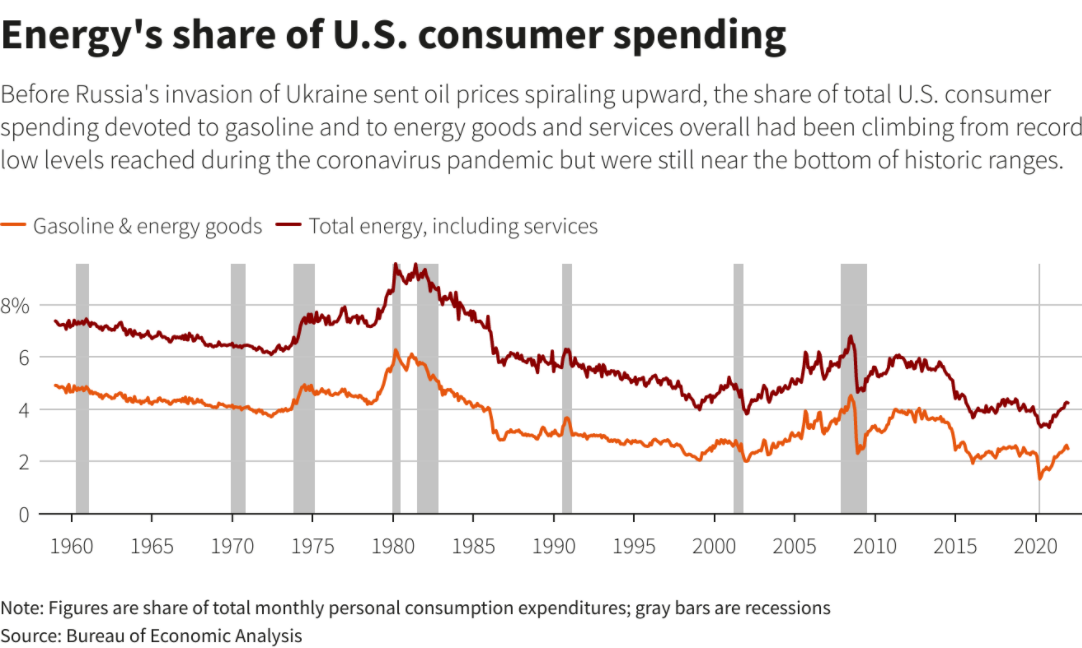Excessive Heat Warnings: Why Your Forecast Might Be Missing Them

Table of Contents
Limitations of Weather Models and Forecasting Technology
Accurate prediction of extreme weather events, including excessive heat warnings, is a complex undertaking. Several factors limit the precision and reach of current weather models and forecasting technology.
Resolution and Accuracy
Weather models work by dividing the atmosphere into a grid. The smaller the grid spacing (higher resolution), the more detailed the model's representation of the atmosphere. However, limitations exist:
- Grid spacing in models can be too coarse to detect small-scale variations in temperature. This means that localized heat pockets, particularly intense in urban areas or influenced by specific geographical features, may not be accurately captured.
- Complex terrain influences temperature, making accurate prediction challenging. Mountains, valleys, and bodies of water significantly affect air temperature and flow, creating microclimates that are difficult for models to fully resolve.
- Urban heat island effects are difficult to fully incorporate into models. Cities tend to be significantly warmer than surrounding rural areas due to the abundance of concrete and asphalt. These effects, while well understood, are not always perfectly represented in weather models, potentially leading to underestimation of extreme heat in urban areas.
Data Scarcity in Remote Areas
Accurate forecasting relies on a robust network of weather stations providing real-time data. However, data scarcity poses a significant challenge:
- Limited access to real-time temperature readings hampers precise forecasting. Remote areas often lack the density of weather stations found in populated regions, resulting in larger gaps in the data used to create weather models.
- Remote areas experience significant temperature variations not captured by distant stations. The distance between stations in sparsely populated regions can lead to a misrepresentation of local temperature extremes.
- New technologies like citizen science initiatives are improving data availability but still have limitations. While efforts to incorporate data from personal weather stations and crowdsourced observations are underway, these data sources require careful validation and may not always be consistent or reliable.
The Challenges of Defining and Issuing Excessive Heat Warnings
Even with sophisticated models, issuing effective excessive heat warnings presents unique hurdles.
Subjectivity in Thresholds
Defining the criteria for an excessive heat warning isn't straightforward. It involves considering:
- Heat indices combine temperature and humidity, which can be complex to model accurately. The heat index, which reflects the perceived temperature based on both air temperature and humidity, is crucial in determining heat risk but is challenging to predict with perfect accuracy.
- Different regions have varying tolerances to heat, requiring specific criteria. What constitutes an extreme heat event in a desert region is different from what is considered extreme in a humid coastal area. Regional variations necessitate the adaptation of warning thresholds.
- Changes in climate patterns may necessitate recalibrating warning thresholds. As global temperatures rise, the thresholds for issuing excessive heat warnings may need to be adjusted to reflect the changing climate reality.
Communication and Dissemination Issues
Effective communication is paramount:
- Effective warning systems rely on multiple channels (TV, radio, internet, mobile alerts). A multi-pronged approach ensures that warnings reach the widest possible audience, taking into account varying access to different media.
- Reaching vulnerable populations (elderly, low-income) requires targeted strategies. Specific outreach strategies are needed to reach those most at risk from extreme heat, including the elderly, those with pre-existing health conditions, and low-income individuals who may lack access to air conditioning.
- Clear and understandable language is critical to convey the urgency of the warning. Messages should be concise, unambiguous, and readily understandable across different levels of literacy and language skills.
Improving Your Awareness of Excessive Heat Warnings
Given the limitations of forecasting, proactive measures are crucial.
Utilizing Multiple Sources
Don't solely rely on a single source for your weather information:
- Compare forecasts from different sources for a more comprehensive picture. Consult national weather services, local news, specialized weather apps, and even neighboring weather stations for a better overview of heat conditions.
- Look for detailed information on heat indices and forecasts specific to your region. Focus on information tailored to your immediate location, paying close attention to heat index predictions.
- Check for official warnings and advisories issued by government agencies. These sources represent the most authoritative and up-to-date information regarding excessive heat warnings.
Monitoring Local Conditions
Be observant of your surroundings:
- Use thermometers to track local temperatures. A thermometer can provide a precise measurement of local conditions that might not be perfectly reflected in broader weather forecasts.
- Be aware of heat-related symptoms and take preventative measures. Recognize the early signs of heat exhaustion and heatstroke, including dizziness, nausea, and rapid pulse.
- Stay informed about heat-related health advisories. Consult your healthcare provider or local health authorities for up-to-date advice on heat-related illnesses.
Conclusion
Accurate and timely excessive heat warnings are vital for public safety. While limitations in forecasting technology and communication challenges contribute to missed warnings, individuals can significantly improve their preparedness by utilizing multiple information sources and closely monitoring local conditions. Stay informed, take necessary precautions, and don't underestimate the importance of seeking out excessive heat warnings and related information to safeguard yourself and your loved ones. Your vigilance is a crucial part of staying safe during periods of extreme heat.

Featured Posts
-
 Incidente Ticketmaster 8 De Abril Informacion Y Actualizaciones
May 30, 2025
Incidente Ticketmaster 8 De Abril Informacion Y Actualizaciones
May 30, 2025 -
 Impact Of New Us Energy Policy On Consumer Energy Costs
May 30, 2025
Impact Of New Us Energy Policy On Consumer Energy Costs
May 30, 2025 -
 French Rape Survivors Story Gisele Pelicots Book Headed To Hbo
May 30, 2025
French Rape Survivors Story Gisele Pelicots Book Headed To Hbo
May 30, 2025 -
 Brooke Shields Reflects On Life Choices Children And Andre Agassi
May 30, 2025
Brooke Shields Reflects On Life Choices Children And Andre Agassi
May 30, 2025 -
 Enroll In World Class Jazz Training At The Herbie Hancock Institute Of Jazz Des Moines
May 30, 2025
Enroll In World Class Jazz Training At The Herbie Hancock Institute Of Jazz Des Moines
May 30, 2025
Latest Posts
-
 Controversy Surrounds New Beatles Cast Understanding The White Boy Of The Month Criticism
May 31, 2025
Controversy Surrounds New Beatles Cast Understanding The White Boy Of The Month Criticism
May 31, 2025 -
 Beatles Casting Announcement Sparks Debate Examining The White Boy Of The Month Reaction
May 31, 2025
Beatles Casting Announcement Sparks Debate Examining The White Boy Of The Month Reaction
May 31, 2025 -
 The Beatles Cast Revealed A Look At The White Boy Of The Month Controversy
May 31, 2025
The Beatles Cast Revealed A Look At The White Boy Of The Month Controversy
May 31, 2025 -
 Podrobnosti Za Kontuziyata Na Grigor Dimitrov
May 31, 2025
Podrobnosti Za Kontuziyata Na Grigor Dimitrov
May 31, 2025 -
 Vzstanovyavane Na Grigor Dimitrov Sled Kontuziya
May 31, 2025
Vzstanovyavane Na Grigor Dimitrov Sled Kontuziya
May 31, 2025
